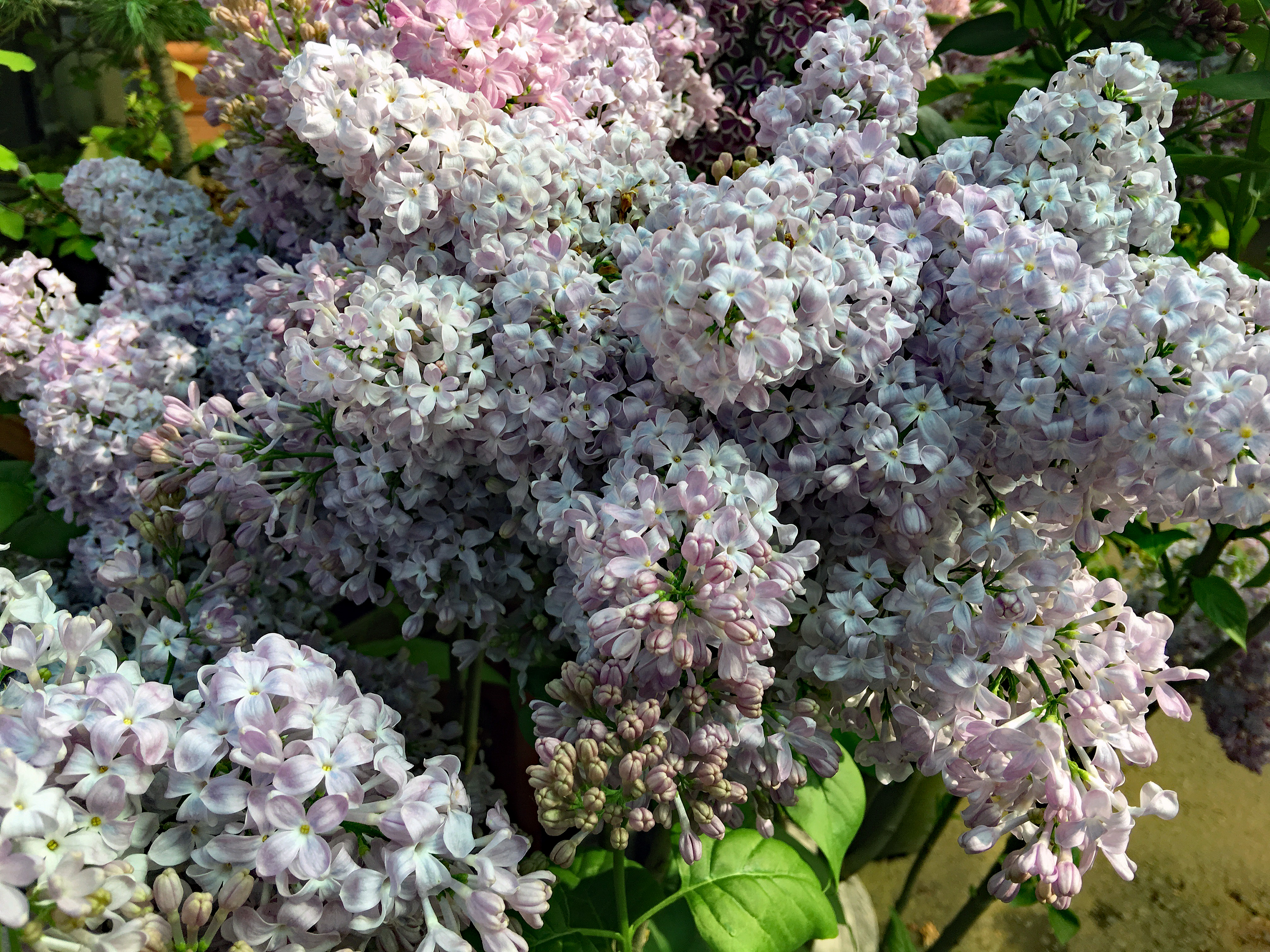
Question:
I've been told that the time to prune lilacs is in September. So far, I have not had any luck finding out how they’re pruned. This is an old fashioned lavender lilac, a cutting from one that would be about sixty years old now. I have always removed the deadwood but I’d like to find out how to get longer stems with the larger blooms?Answer:
Lilacs are not that difficult to prune.- It doesn't take any special techniques as they are pruned annually to shape and to remove the dead wood which you already do. So, I’d stand back and eyeball the plant to see what needs to be done. It’s very subjective.
- While pruning can occur at any time of the year, I prefer to prune Lilacs in the spring after flowering. Lilacs bloom on the current year’s growth. The September pruning reduces the growth that flowers the following year.
- So, I’d prune in the spring to have the maximum flowers the following year. Once the flowering cycle is completed, I’d prune to reshape the plant again.
- Pruning will not have any effect on the stem length or the size of the blooms. These are genetic characteristics which can’t be altered. When a cutting is taken from a vegetative plant part, rather than started from a seed, the new plant(s) will be identical to the parent. So your plant’s stem length and flower size are mirroring the original plant.
- Applying an organic all purpose plant food is recommended after pruning to encourage the new growth. This is an excellent time to prune Lilacs and other flowering shrubs and trees that have finished blooming.
Question:
Earwigs are eating the leaves, flowers, and stems of my vegetable plants. How can I control the Earwigs without using any harsh chemicals?Answer:
When planting vegetable and/or annual seedlings, Earwigs and Snails are the two biggest pest problems gardeners face. Earwigs can be controlled without using chemicals with Sluggo Plus or you can make an Earwig Trap out of newspapers.- Sluggo Plus is an organic bait that is safe to use around edibles, non-edibles, kids and pets and it’s reapplied monthly.
- Using Earwig Trap is more involved. Earwigs like snails are nocturnal, so their damage is done at night. So as the sun is setting, you take several sheets of newspaper and moisten them lightly, then rolled them into a tube secured with rubber bands.
- The tubes are placed throughout the garden where you're having a problem. As the sun rises, Earwigs begin searching for a cool, damp, dark location to hide out during the daylight hours. The newspaper tubes are an ideal habitat.
- In the morning, you collect the tubes and dump the contents into a pail of soapy water. You repeat the process until the problem is resolved. Earwigs are less likely to be a problem once the herbaceous plants mature.
- The key to being successful with Earwig Traps is to be patient and persistent
